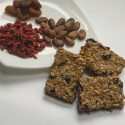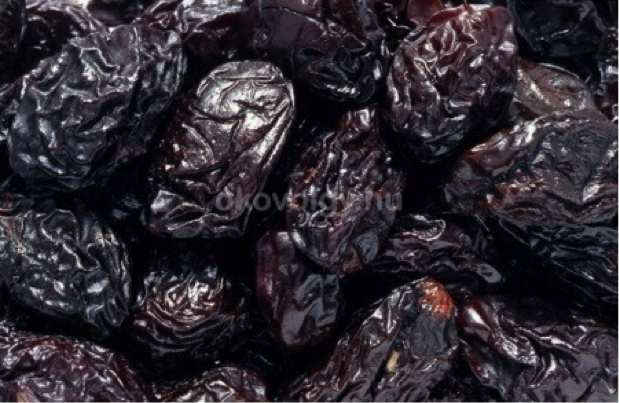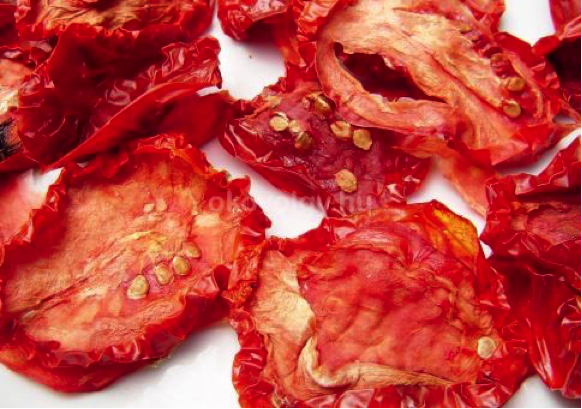 In September the process of drying has become a timely topic. Various delicious fruits are ripening, our vegetable garden is full of different crops, and the question arises how to preserve, store the surplus for the winter months? What is the best way to do this in an environmental-friendly, healthy, and sustainable way? The answer is definite: by drying!
In September the process of drying has become a timely topic. Various delicious fruits are ripening, our vegetable garden is full of different crops, and the question arises how to preserve, store the surplus for the winter months? What is the best way to do this in an environmental-friendly, healthy, and sustainable way? The answer is definite: by drying!
Drying is not only healthy and an environmentally friendly form of preserving fruits and vegetables, but by using the appropriate techniques and methods, and we refer to the traditional methods and the combining of traditional and modern, environmentally friendly techniques, it is also an inexpensive solution as well. Unfortunately, the commercially available dried fruits, vegetables, etc. are often treated, preserved with methods that are harmful to health. And we have not even talked about the community building capacity of such preservation – drying, which has a long history dating back several centuries – has always been a social activity. This is also a non-negligible fact. Therefore, it is worth recalling the traditional way of preserving: drying.
On drying
Among the traditional methods of preserving fruits and vegetables, one of the most important, sterling processes is drying. Its great advantage over other home preservation practices is that there is no need for extra “additives”, such as sugar and other preservatives. As the fruit (and vegetable as well) will lose its water-level during the process, so it loses a substantial proportion of its weight (half or three quarters), but keeps valuable nutrients, such as vitamins, (compared to other preservation techniques, such as canning, in the course of which components break down at a higher rate). The shrunken version of the fruit compared to a raw fruit contains its valuable components in a concentrated way. Therefore, dried fruits are rich in vitamins, minerals and fibers, and due to its concentrated sugar content, it is also a real energy booster. In self-sufficiency, in addition to honey, it is the only sweetener. They have wonderful flavor, and practically, it is medicine in wintertime.

Prunes, favourite to many of us, are traditional in folk medicine, too.
What can we dry?
Not only fruits, but vegetables, mushrooms can be dried, too.
In Hungary, the most commonly preserved fruits are plums and apples, as well as pears, cherries, apricots and rosehip. There are other commercially available fruits like dried pineapples, grapes (raisins) and figs. Well dried fruits are also quince, cherry, peach and different berries, too.
There are so called coarsely and finely dried fruits. The former is made without any preparation, so the husk is not removed, and also the pit remains inside the fruit. Mainly plums can be classified into this category. Finely dried fruits are made from properly prepared fruits. These include for example fruits cut into halves, or as slices like apple rings, Prunella (i.e. peeled, pitted, and flattened plums), etc. Naturally, these processed dried fruits are more valuable. Generally, with the exception of plum, all other fruits are processed, dried in this way.

Do not miss drying tomato: it has wonderful flavour and can be a colorful gift as well.
In addition to fruits, vegetables can also be dried, for example most often people dry onions, carrots, and parsley. However, we can even dry green peas, green beans, beetroot, spinach and sorrel, as well as tomatoes, peppers, pumpkins, celery, parsley, and marjoram, dill, tarragon and mushrooms, too.
During the preparation vegetables meant to be dried are washed, cleaned and if needed halved, sliced, and pitted.
